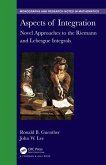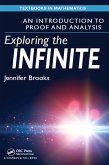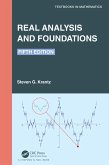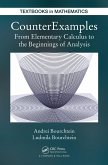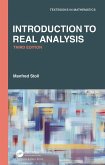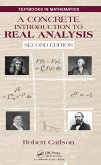The second part follows the approach of Riesz and Nagy in which the Lebesgue integral is developed without the need for any measure theory. Our approach is novel in part because it uses integrals of continuous functions rather than integrals of step functions as its starting point. This is natural because Riemann integrals of continuous functions occur much more frequently than do integrals of step functions as a precursor to Lebesgue integration. In addition, the approach used here is natural because step functions play no role in the novel development of the Riemann integral in the first part of the book. Our presentation of the Riesz-Nagy approach is significantly more accessible, especially in its discussion of the two key lemmas upon which the approach critically depends, and is more concise than other treatments.
Features
- Presents novel approaches designed to be more accessible than classical presentations
- A welcome alternative approach to the Riemann integral in undergraduate analysis courses
- Makes the Lebesgue integral accessible to upper division undergraduate students
- How completion of the Riemann integral leads to the Lebesgue integral
- Contains a number of historical insights
- Gives added perspective to researchers and postgraduates interested in the Riemann and Lebesgue integrals
Dieser Download kann aus rechtlichen Gründen nur mit Rechnungsadresse in A, B, BG, CY, CZ, D, DK, EW, E, FIN, F, GR, HR, H, IRL, I, LT, L, LR, M, NL, PL, P, R, S, SLO, SK ausgeliefert werden.



